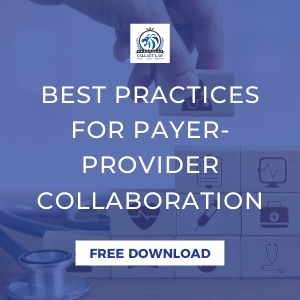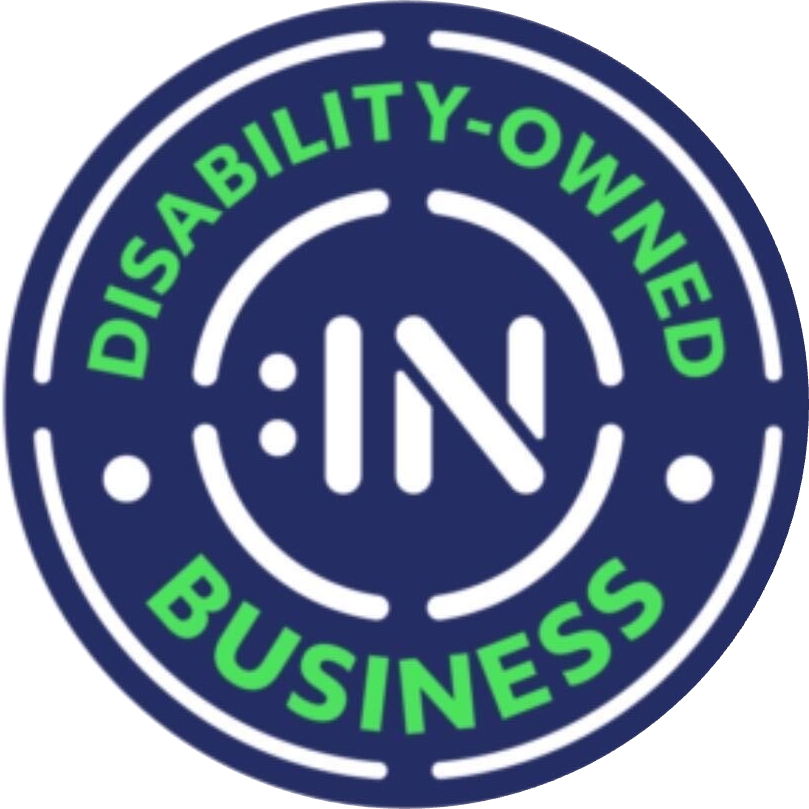If your healthcare revenue recovery process does not consist of three distinct tiers of effort, you are undoubtedly leaving money in the hands of insurance carriers. As you will see below, these sums — too often forsaken by medical providers — can be very substantial. Those three efforts are:
- A competent billing team,
- A good and aggressive collection effort, and
- A competent and effective legal team.
This might seem like an obvious proposition, but, in my experience, it is one to which too many medical providers only pay lip service. The result is an insurance carrier community happily getting unjustly enriched at the expense of the medical industry.
Understanding the Healthcare Revenue Recovery Process
Tier 1: Billing
 Many medical providers, for good reason, are shocked to learn how complicated the business side of the medical industry can be. CPT Codes, modifiers, the complexities of the CMS regulatory world–this first tier of the financial effort is fraught with complexity and to the newcomer can be overwhelming. Licensed and qualified coders are, of course, critical, but so is the competence of the staff that supports them. The intake system is an integral part of recovery, with each category of claim needing different forms and information to ensure and expedite payment. For example, while the assignment of benefits (AOB) is critical in PIP, it is not critical in Worker’s Compensation. Conversely, while the employer information is essential with a Worker’s Comp claim, it is completely irrelevant in PIP. How to navigate the variations and intentional complexity of the carriers’ requirements is also very important. The medical billing world is ever changing, and the carriers can be very creative in making the process more and more demanding.
Many medical providers, for good reason, are shocked to learn how complicated the business side of the medical industry can be. CPT Codes, modifiers, the complexities of the CMS regulatory world–this first tier of the financial effort is fraught with complexity and to the newcomer can be overwhelming. Licensed and qualified coders are, of course, critical, but so is the competence of the staff that supports them. The intake system is an integral part of recovery, with each category of claim needing different forms and information to ensure and expedite payment. For example, while the assignment of benefits (AOB) is critical in PIP, it is not critical in Worker’s Compensation. Conversely, while the employer information is essential with a Worker’s Comp claim, it is completely irrelevant in PIP. How to navigate the variations and intentional complexity of the carriers’ requirements is also very important. The medical billing world is ever changing, and the carriers can be very creative in making the process more and more demanding.
Tier 2: Collections
In healthcare revenue recovery, the second tier is equally important. I say equally because carriers are notorious in the medical world for unfair denial and under-reimbursements. An extremely aggressive collection effort is critical in order to start the process of combating this carrier behavior. This requires an understanding of the appeal processes, which vary depending on the type of claim at issue and the carrier involved. It also requires developing some level of rapport with carrier personnel, who could assist with navigating the carrier appeal labyrinth. Some of the carrier intentionally imposed hurdles to proper reimbursement could probably be overcome by a friendly relationship with specific carrier personnel. It never hurts to have a friend on the other side of a dispute, who could assist with some of the bureaucratic frustrations. Finally, in this world of fighting for greater reimbursement persistence can be your most effective tool, so press, press and press for more. There often is little rhyme or reason for the levels of carrier reimbursement, so the squeaky wheel gets oiled, and the squeakiest gets the most oil.
Tier 3: Legal
Last, and certainly not least, is the third tier of effective healthcare revenue recovery — a competent, aggressive legal team. Your collection efforts — no matter how good or effective — at times will hit a brick wall. There will be claims, substantial ones, where the carrier simply will not reimburse the provider any more than it has, even though legally they should. Legal recourse at this point is your only recourse, and not pursuing that path means writing off the balance unjustifiably. Last year, Callagy Law recovered $50,000,000 for medical providers in New Jersey across all three categories of claims we pursue — PIP, Worker’s Comp and Commercial Insurance. That is one firm, one year, in one state. If all the other firms together doing healthcare recovery in New Jersey account for another $50,000,000 among them (not an unreasonable assumption), and this is the average in healthcare recovery in each of the 50 states, the total healthcare recovery estimate nationally amounts to $5 billion. Think about that. Let that sink in.
This does not represent insurance carrier revenue or profit — nothing of the sort. This $5 billion number represents what the insurance industry skimmed off the top of the medical industry and had to return in 2017. The actual number skimmed is, of course, much higher, because this is only the amount the carriers were caught skimming, and does not include what they got away with. If this does not convince you that you need a legal team in your recovery effort, nothing will.
Let Callagy Law become an integral part of your recovery effort. It is critical to have a legal team as part of your effort, and you would not regret having Callagy Law be that legal team.
>> Contact us today.
